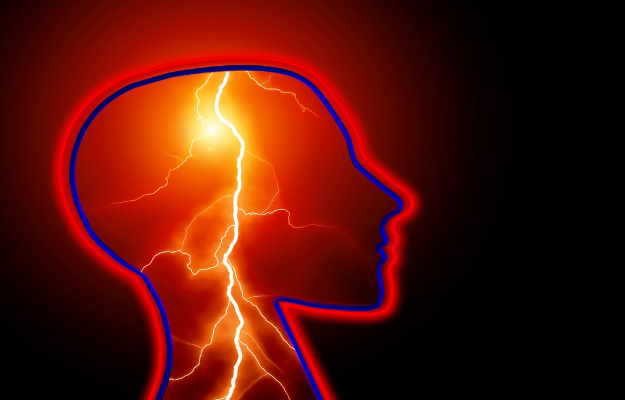The human brain is a complex organ that controls not only thoughts but also all physical movements and involuntary functions of the body. It is made up of millions of cells called neurons that transmit commands from the brain, via electrical signals, to different parts of the body.
Abnormal electrical activity in neurons causes seizures. Seizures can be of different types. Seizures can affect the entire brain (generalized) or part of it (focal). Seizures are sometimes accompanied by convulsions or fits of jerking body movement.
The most common cause of seizures with convulsions is epilepsy. But while epilepsy is characterized by convulsions, these convulsions can also occur due to some other diseases and metabolite derangements. Other causes of convulsion include a sudden and sharp rise in fever, tetanus infection and extremely low blood sugar (hypoglycaemia). (Read more: Febrile seizures in children)
(One can have seizures without convulsions, but convulsions are typically caused by seizing.)
Convulsions can be managed with anti-seizure medicines, specialized devices, brain surgery, and sometimes with diet. Most patients with epilepsy lead normal productive lives with appropriate therapy.

 Doctors for Convulsions
Doctors for Convulsions  OTC Medicines for Convulsions
OTC Medicines for Convulsions
















































